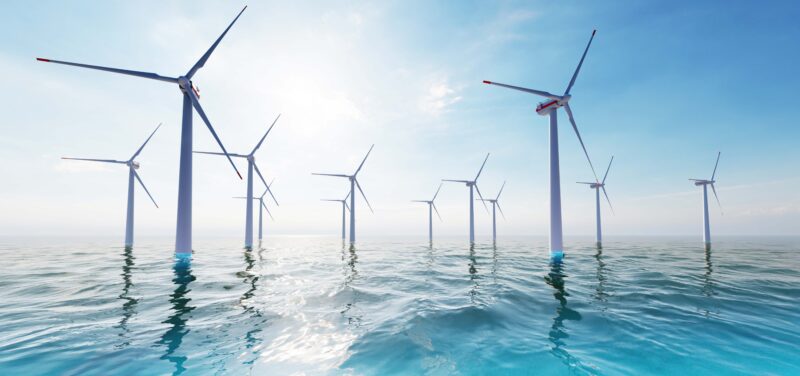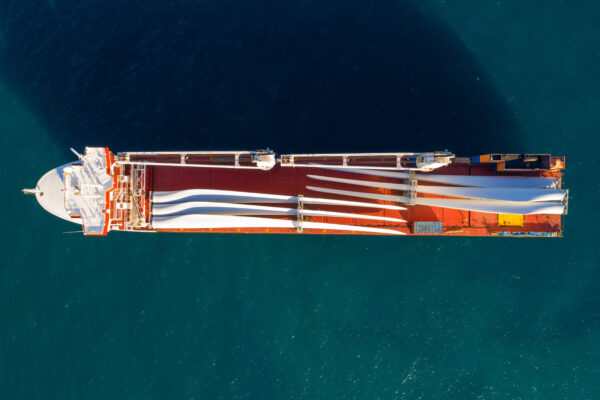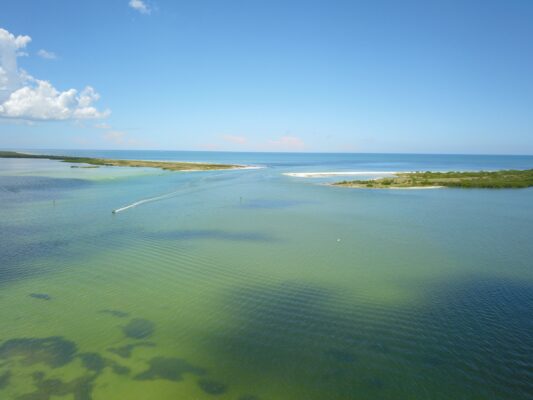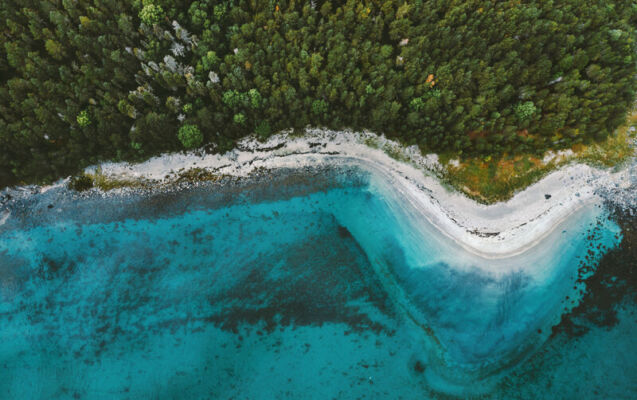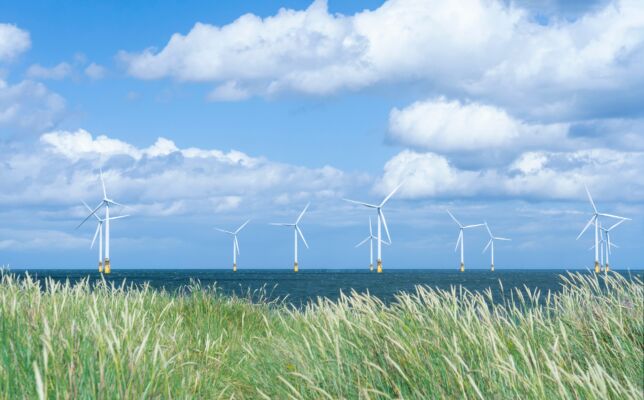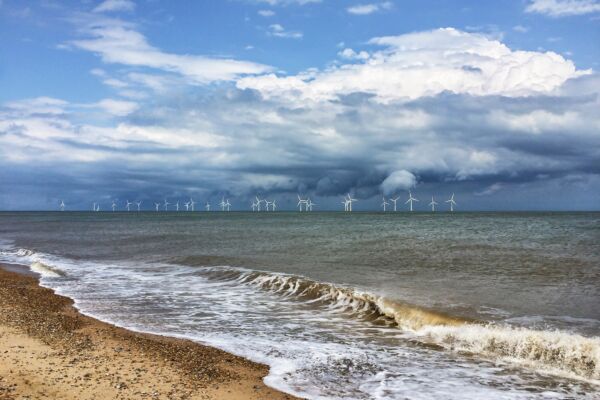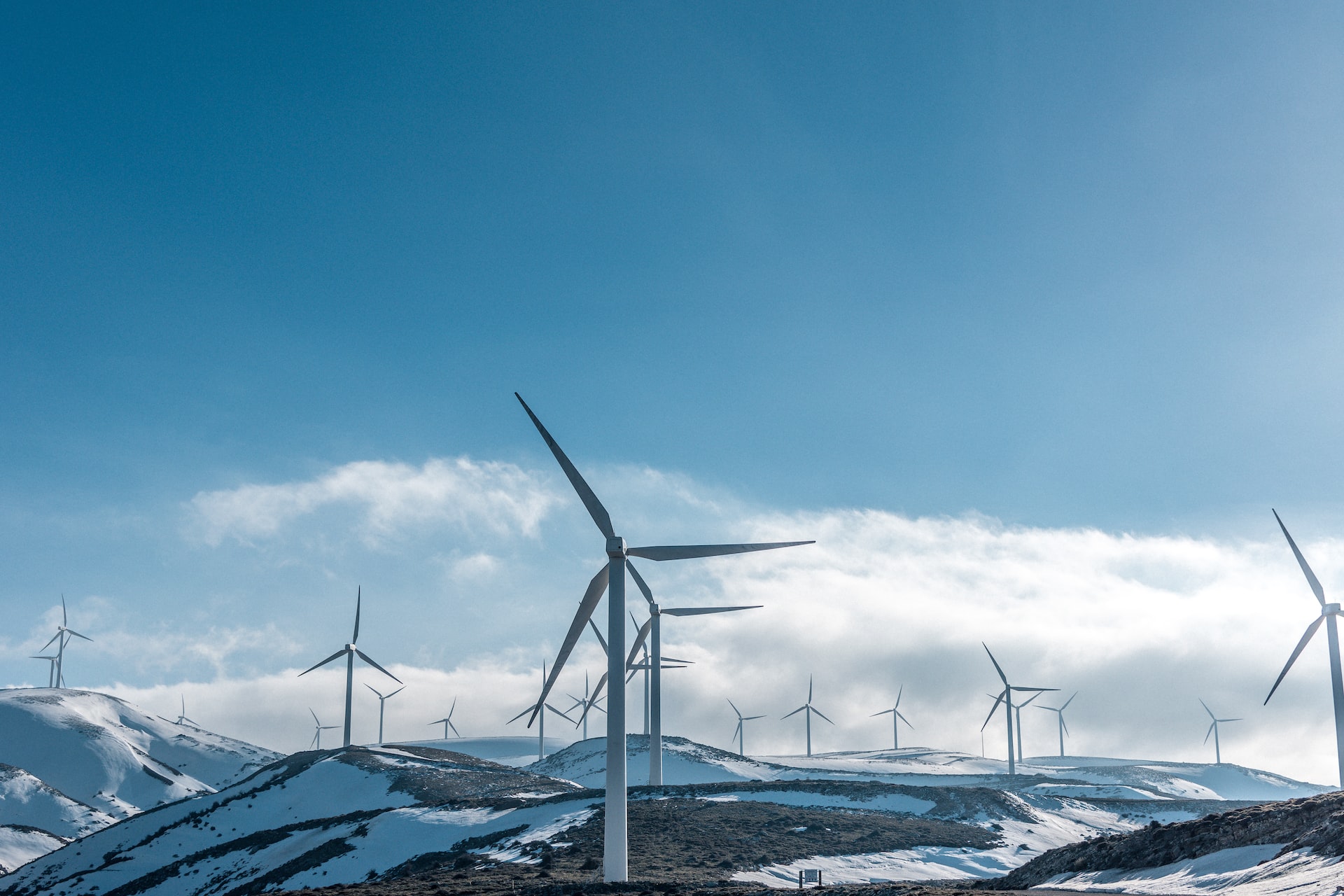Baltic Eagle soars – How one offshore wind farm is powering the future
As the world shifts to more sustainable energy sources, offshore wind farms are emerging as a potential solution to our power needs. One such example is the Baltic Eagle offshore wind farm, scheduled to become fully operational by the end of 2024. With an annual power generation capacity of 1.9 TWh, it will provide renewable energy to as many as 475,000 households! So, how is this promising project progressing so far?
Something in the air – A big win for German wind?
An event to redefine the landscape of renewable energy? That remains to be seen. What is certain is that Germany’s wind industry has taken a giant leap forward, as a record-breaking auction win blows fresh life into the sector.
Provence Grand Large – France’s first floating wind farm
The transition towards renewable energy is seeing remarkable advancements, and floating wind farms are among the most exciting. Situated in the azure waters of the French Mediterranean, the Provence Grand Large project is spearheading this evolution in Europe.
The Gulf of Mexico – Driving the energy transition
Mexico and the USA are two countries that share the same goal when it comes to wind energy. Both want to massively expand their offshore wind power output in the coming years. And for that, they have the ideal location. A conjoint region that has recognized its wind potential and is becoming a frontrunner in the fight against climate change.
Islands in the (wind) stream – How islands are reforming their power production
Inhabitants of small islands are having a hard time meeting their power needs, as redirecting energy from the mainland is only possible using expensive submarine cables. Yet more and more islands are now home to wind farms. Winds, after all, tend to be strong and steady at sea. But it's not quite as simple as it sounds.
Wind energy, ahoy! – Over 50 floating wind farms in planning worldwide
Wind energy is growing ever more efficient. This is especially true offshore, where wind conditions are almost always favorable. Most offshore wind farms are bedded near the coastline, but this article looks at an even more advantageous – and already existing – alternative. Read here about some of the world's floating wind farms.
Together towards the energy transition – Cross-border alliances to boost offshore wind
Europewide, there is a growing desire for an energy transition, as many nations increase their onshore and offshore wind energy resources. But why are countries making decisions independently when the EU offers incentives for cross-border collaboration? This article reveals three projects, which show how international teamwork can look.
Offshore wind paying its own way – Are renewables becoming the cheaper option?
A UK-based team of researchers has a bold prediction. In three to four years at the latest, wind energy will be cheaper than fossil energy in Germany, Belgium, the UK, the Netherlands, and Denmark.
Green hydrogen: The next step for wind – Offshore wind farms, artificial islands, and a green hydrogen future
Denmark's government wants to build artificial islands with huge offshore wind farms – and convert the electricity generated into hydrogen directly on site. The project will be realized in ten years at the latest, meaning Denmark could soon be climate neutral.
